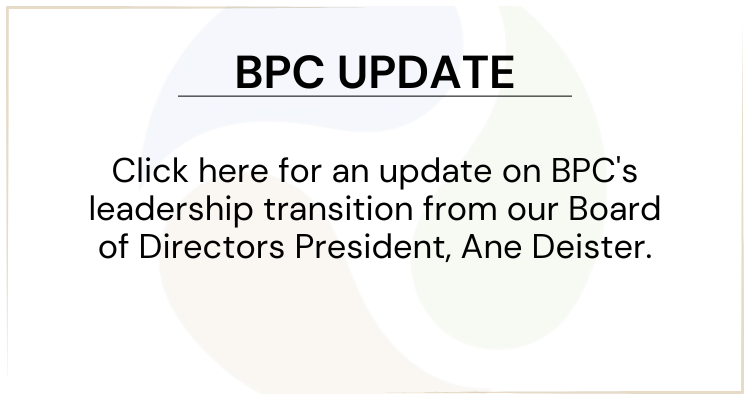California’s Department of Housing and Community Development recently issued a draft report describing the state’s housing needs and challenges in light of new data indicating that ongoing production of new homes continues to fall far below the projected need of 180,000 additional homes annually. The report, California’s Housing Future: Challenges and Opportunities, paints a bleak picture of lack of supply and rising costs, and identifies critical obstacles to increasing the state’s housing stock.
The Key Obstacle
One of those obstacles — listed as the very first obstacle — is the “existing system of land-use planning and regulation creat[ing] barriers to development.” The report captures the reality of barriers and constraints to building housing in our state at nearly every step of the way, from the state-mandated determination of projected housing needs, through planning, zoning, permitting, and building. The report gives apt examples of the bottlenecks and full-stops that can and often do occur during these process: “length of development review, lack of certainty at the local level of where and what is economically and politically feasible to build, and local opposition.”
Three Potential Solutions
But what’s somewhat encouraging about the report is its effort to at least provide possible solutions to the problem, or at least to start the conversation. The report identifies three “options” for “reforming land use policies to advance affordability, sustainability, and equity.”
- Option 1 — Increase the supply of housing affordable to all income levels by reducing the time and cost of development.
- Option 2 — Link housing production and other housing goals (e.g. sustainable and equitable development patterns) to incentives and investments.
- Option 3 — Encourage land use policies and investment that support community development.
A recurrent theme underlying each of these options is that permitting should be streamlined, development incentives (such as ministerial permitting, density bonus, parking reductions, fee deferrals and waivers, and CEQA exemptions) should be expanded, and the state’s oversight of housing laws to improve local housing production should be strengthened.
The options described in the report are only contours, or skeletal outlines, of actual reform solutions. It’s the detail that counts and whether there’s the political will to make reform possible. Is California ready to do something to break through the bottlenecks and full-stops? One can only hope.
* * *
The public comment period on the draft report ends March 4, 2017. After today, the HCD will hold three more public hearings on the report: Sacramento on February 6, Oakland on February 17, and Redding on February 24. The HCD’s website gives the addresses for each hearing location and a link to RSVP. The HCD expects the final report to be complete by summer 2017.
Tags: Housing, land use
